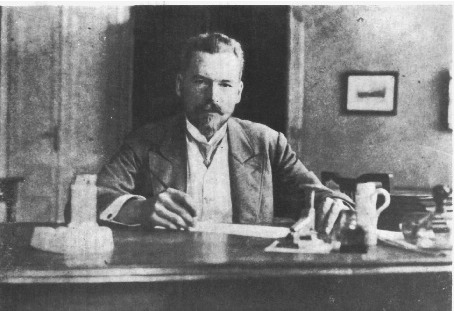Presentation materials
Stochastic resetting [1] can either accelerate or delay a dynamical process that takes a random time to complete (i.e., a first-passage process). Tuning system parameters can invert the effect of resetting on the mean completion time of the process, leading to a resetting transition. In this talk, I shall first explore the exact conditions where stochastic resetting accelerates diffusive...
Theoretical investigation of diffusion in heterogeneous media (such as materials with impurities, defects, fractal and random heterogeneous structures and combs, crowded environments, etc.) currently receives a considerable interest. The corresponding heterogeneous diffusion process often becomes anomalous due to the geometric constraints, random potential effects or variations of the local...
While averages and typical fluctuations often play a major role in understanding the behavior of a nonequilibrium system, this nonetheless is not always true. Rare events and large fluctuations are also pivotal when a thorough analysis of the system is being done. In this context, the statistics of extreme fluctuations in contrast to the average plays an important role, as has been discussed...
We study the diffusive motion of a test particle in a two-dimensional comb structure consisting of a main backbone channel with continuously distributed side branches, in the presence of stochastic Markovian resetting to the initial position of the particle. We assume that the motion along the infinitely long branches is biased by a confining potential. The crossover to the steady state is...
Stochastic resetting is prevalent in natural and man-made systems, giving rise to a long series of nonequilibrium phenomena. Diffusion with stochastic resetting serves as a paradigmatic model to study these phenomena but lacked a well-controlled platform by which it can be studied experimentally. Here, we report the experimental realization of colloid diffusion and resetting via holographic...

